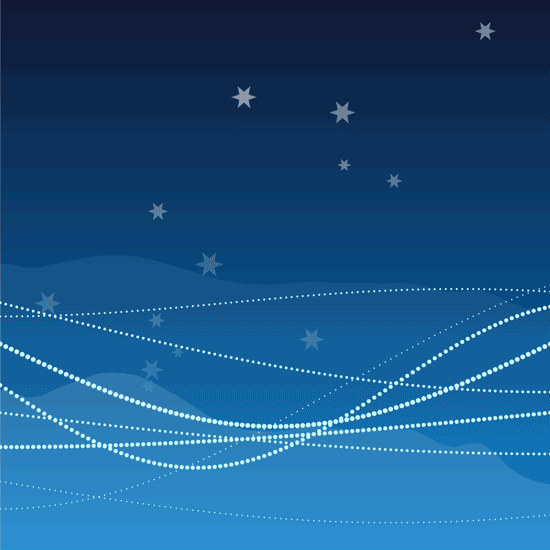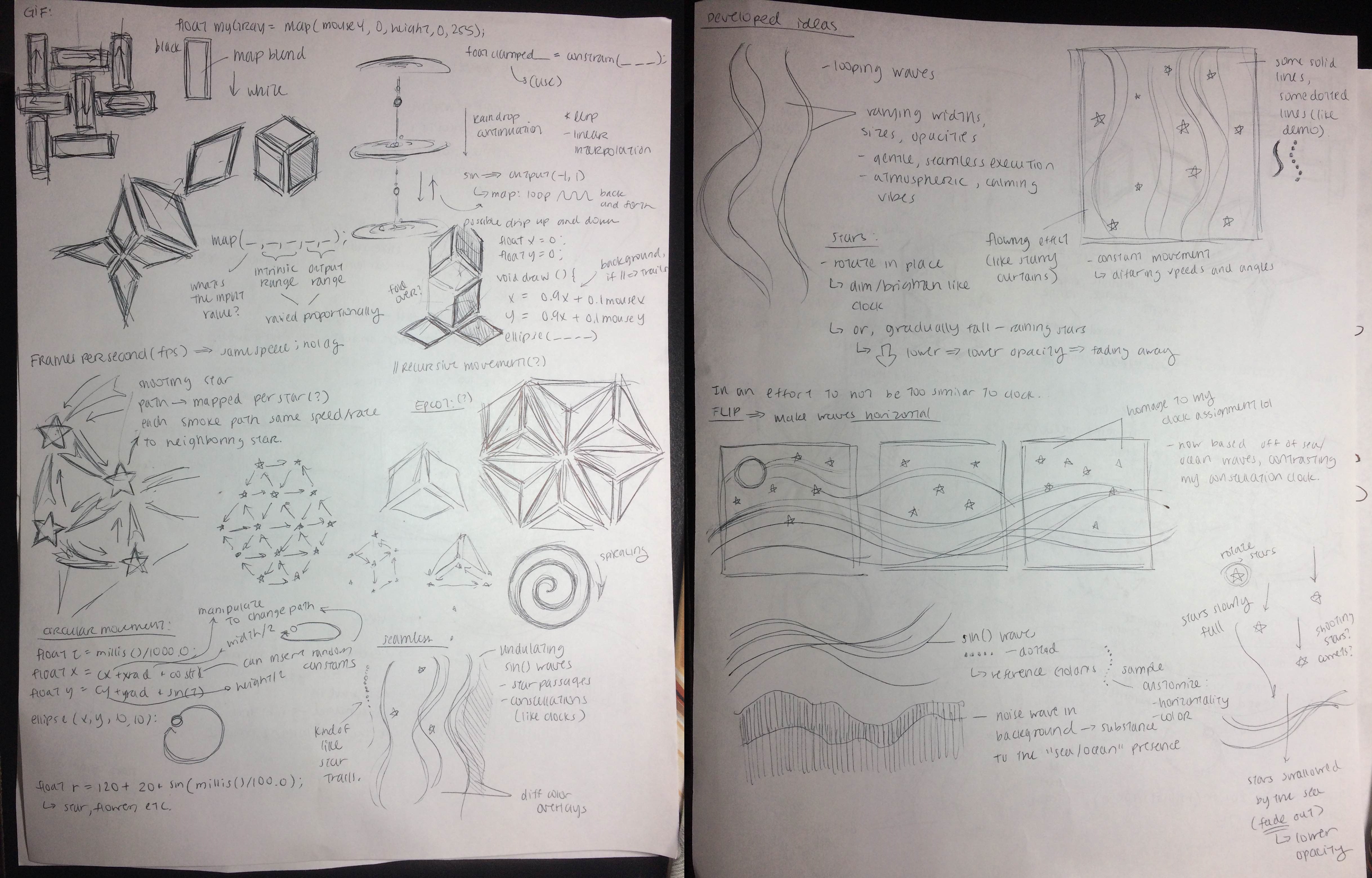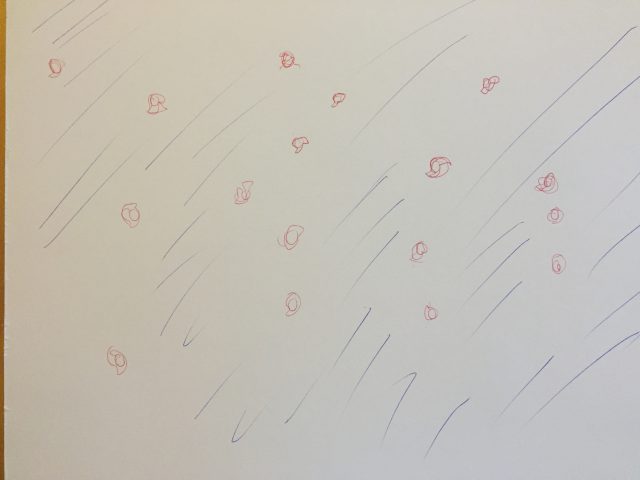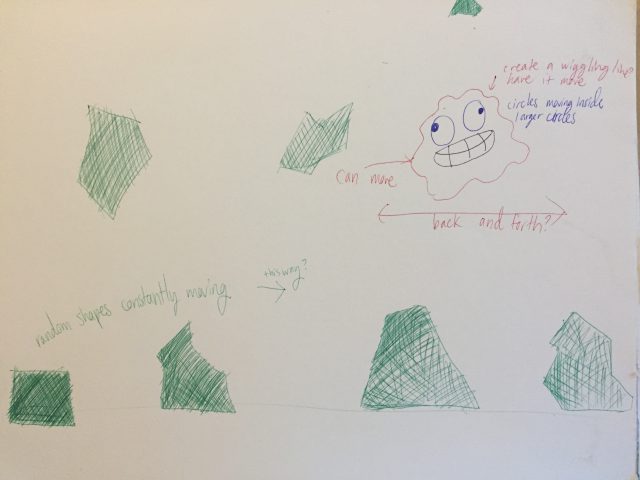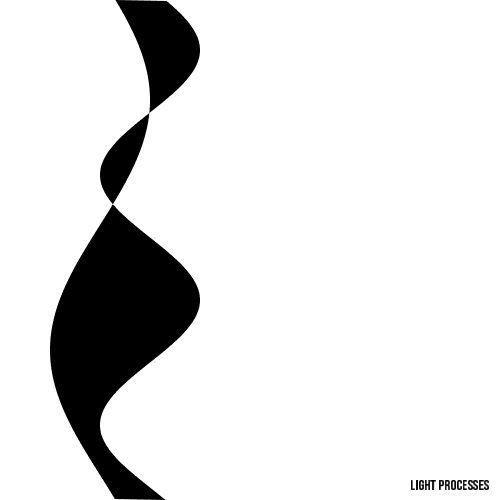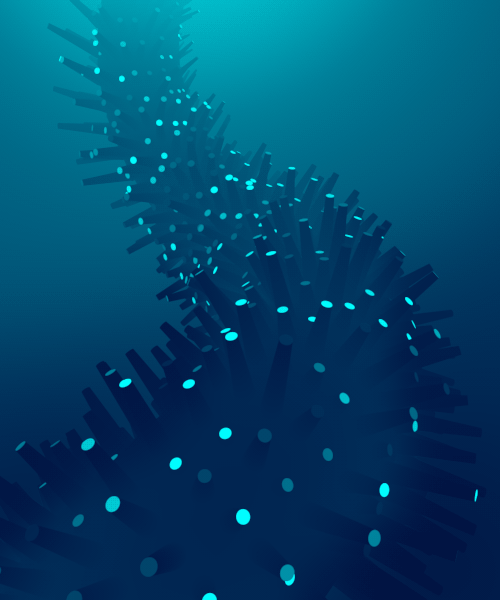Jaqaur – Clock-Feedback
In general, people seemed to like my clock (or they’re all just very nice), which is good because its my favorite of all the projects we’ve done so far. I’m really proud of it, and I haven’t yet gotten tired of watching it. Still, there were some flaws, as people noticed. The main complaint was in regards to my physics: some didn’t like how the balls overlapped at the bottom, and some didn’t like the jostle-y-ness. I was well aware of this before I turned the clock in, and most of my time working on the project was trying to fix this. There was basically an inverse relationship between these two issues. I could raise the sensitivity, which would reduce overlap, but lead to more vibration and shaking throughout the whole sea of marbles. I could also reduce sensitivity, which would make the marbles bounce around less but also make them more likely to overlap at the bottom where there was a lot of pressure on them. I ended erring on the side of high sensitivity, so as to reduce overlap as much as possible, and then put a velocity cap on the marbles so they couldn’t shake past the point of legibility. I think I did the best I could without implementing a seriously more complicated physics system. So, in short, I agree with the complaints against my physics, but I couldn’t do much to totally get rid of those issues.
My color palette was a little more across the board. Some people said they really liked the monochrome, and in general I do too. I especially like how I prevented the color generated from being too gray/brown. However, Tega suggested I do more with interesting color palettes, and that’s not a bad idea. I knew I didn’t want totally random colors, but I did want a lot of potential color options. Implementing particular color palettes would take a lot of work if I really want there to be as many options as there are now, but maybe it would be worth it? It might make the whole thing more dynamic if minutes, hours, and seconds, were more differentiated. Some people suggested an accent color, too, but I actually thought about that and decided I preferred the aesthetic when the only thing distinguishing the active marbles from the inactive marbles was size.
All in all, I wasn’t surprised by most of my feedback, and I’m still pretty happy with my clock!
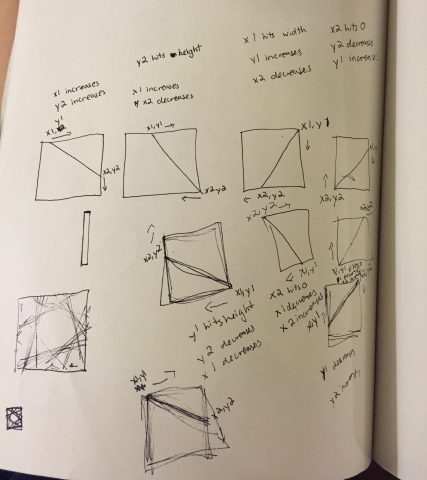
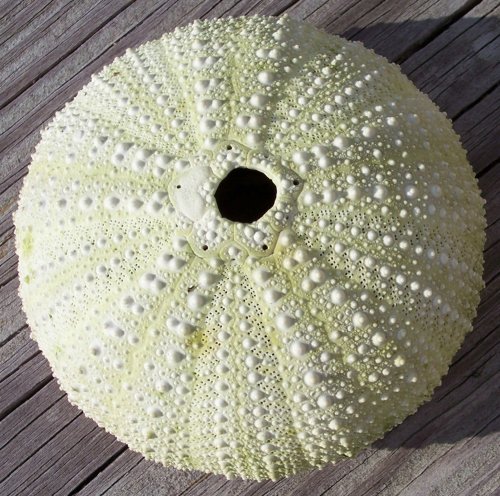
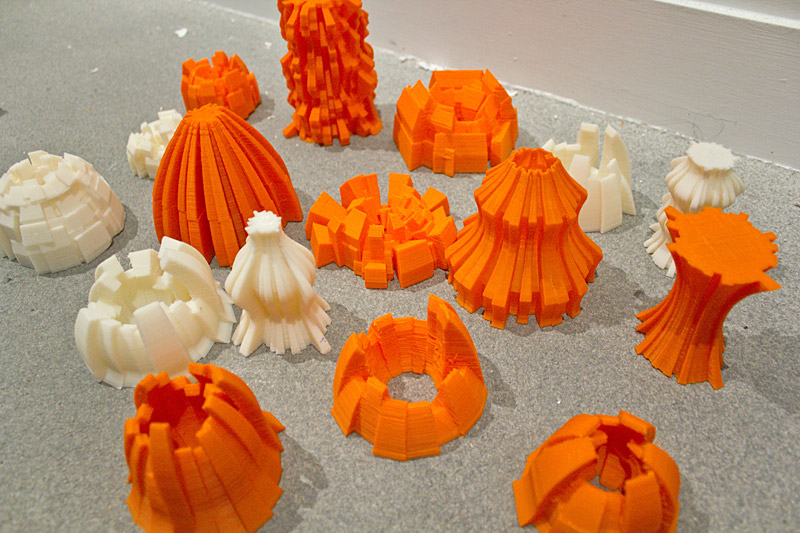
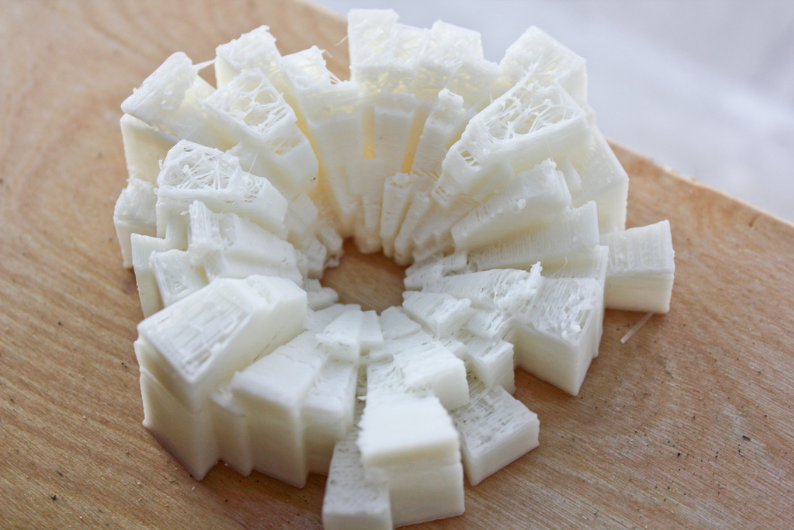
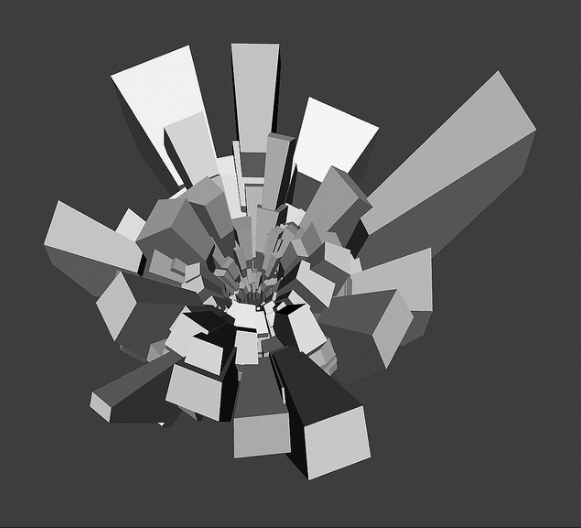
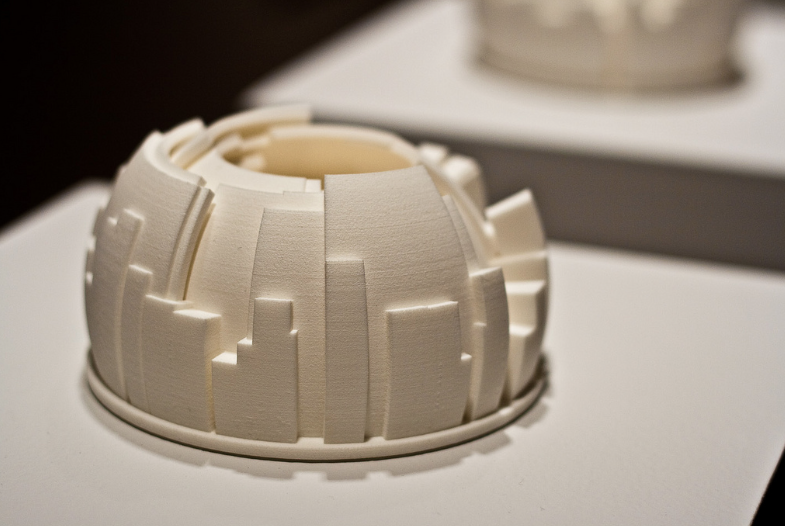
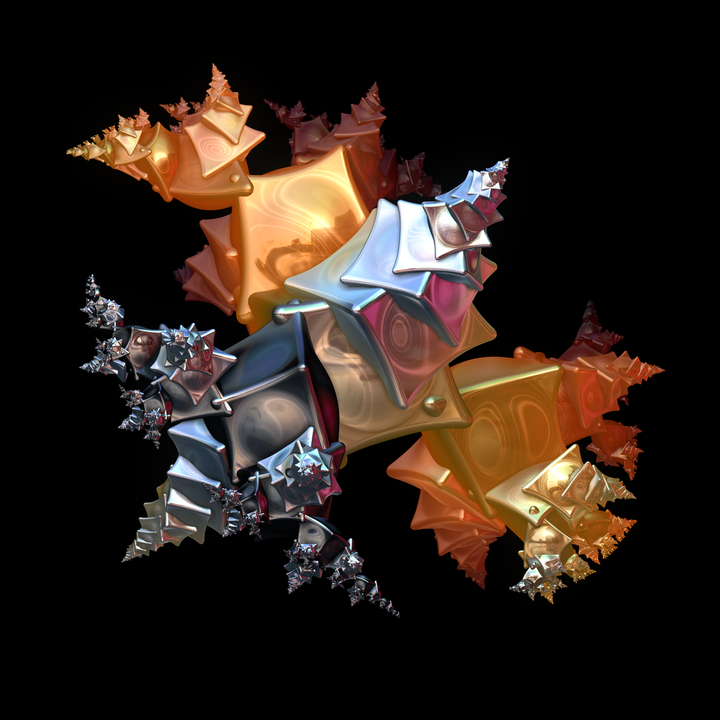
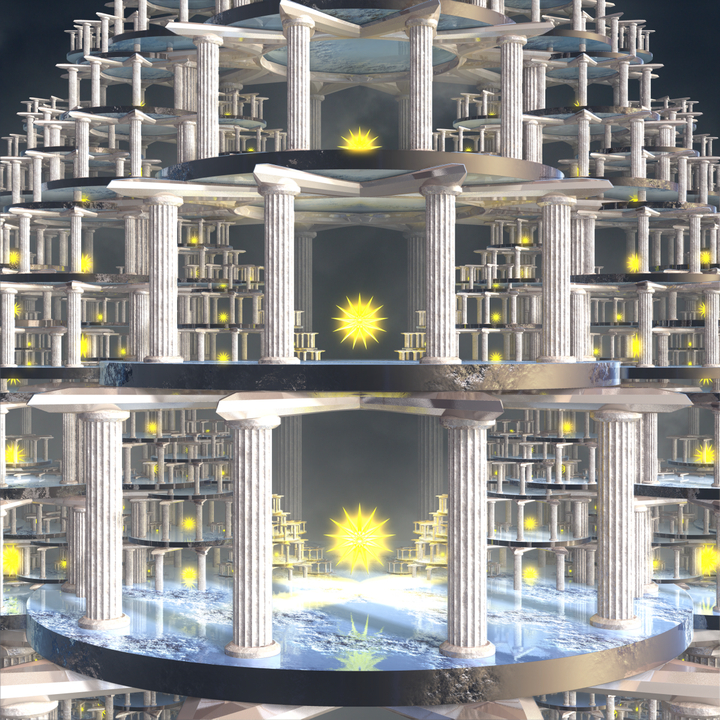
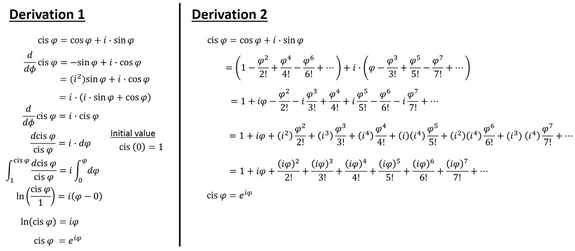

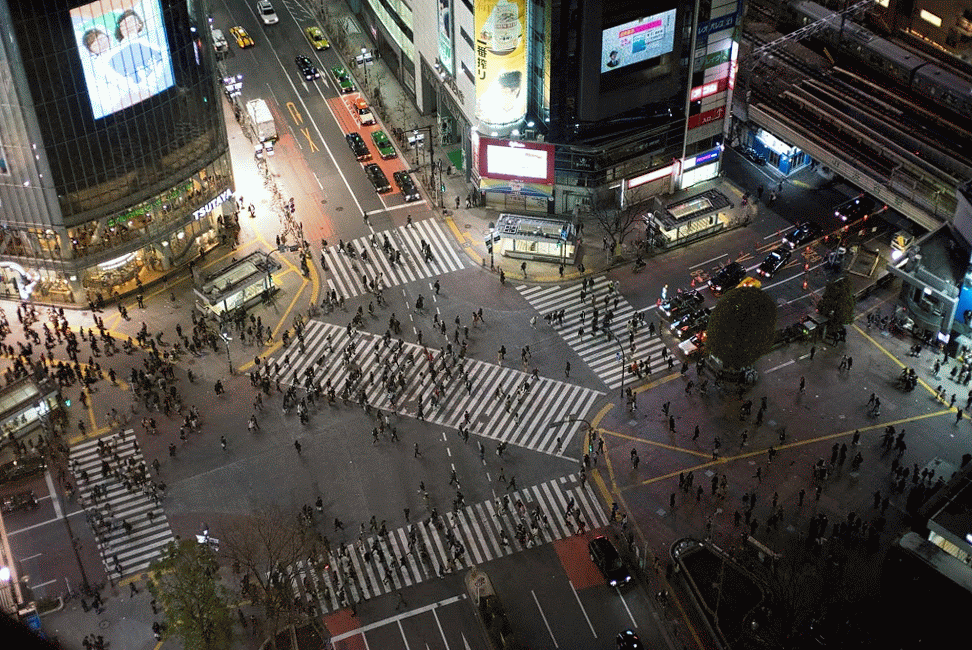
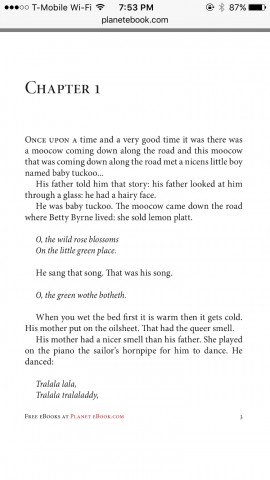
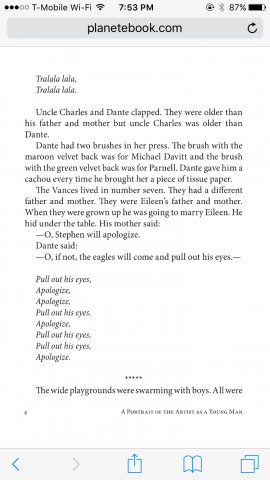
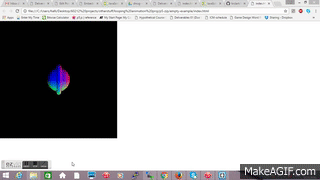






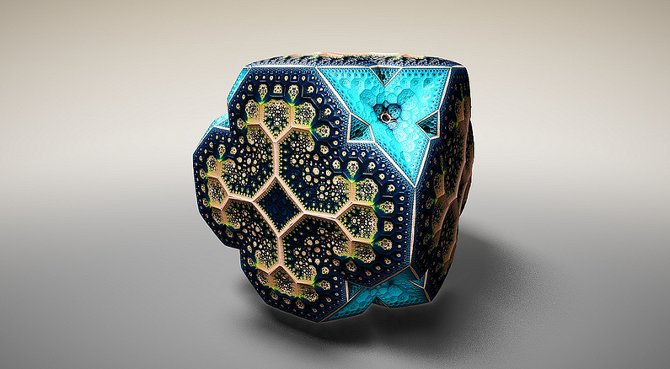


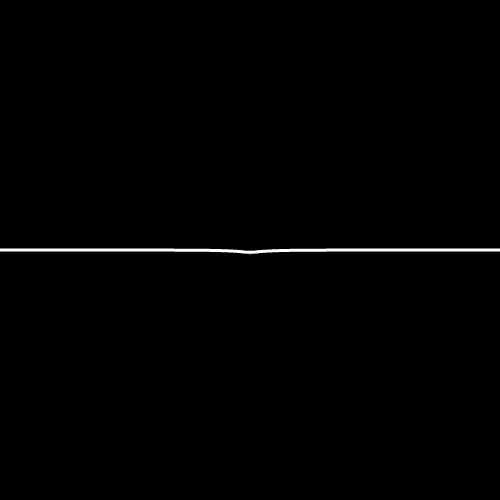
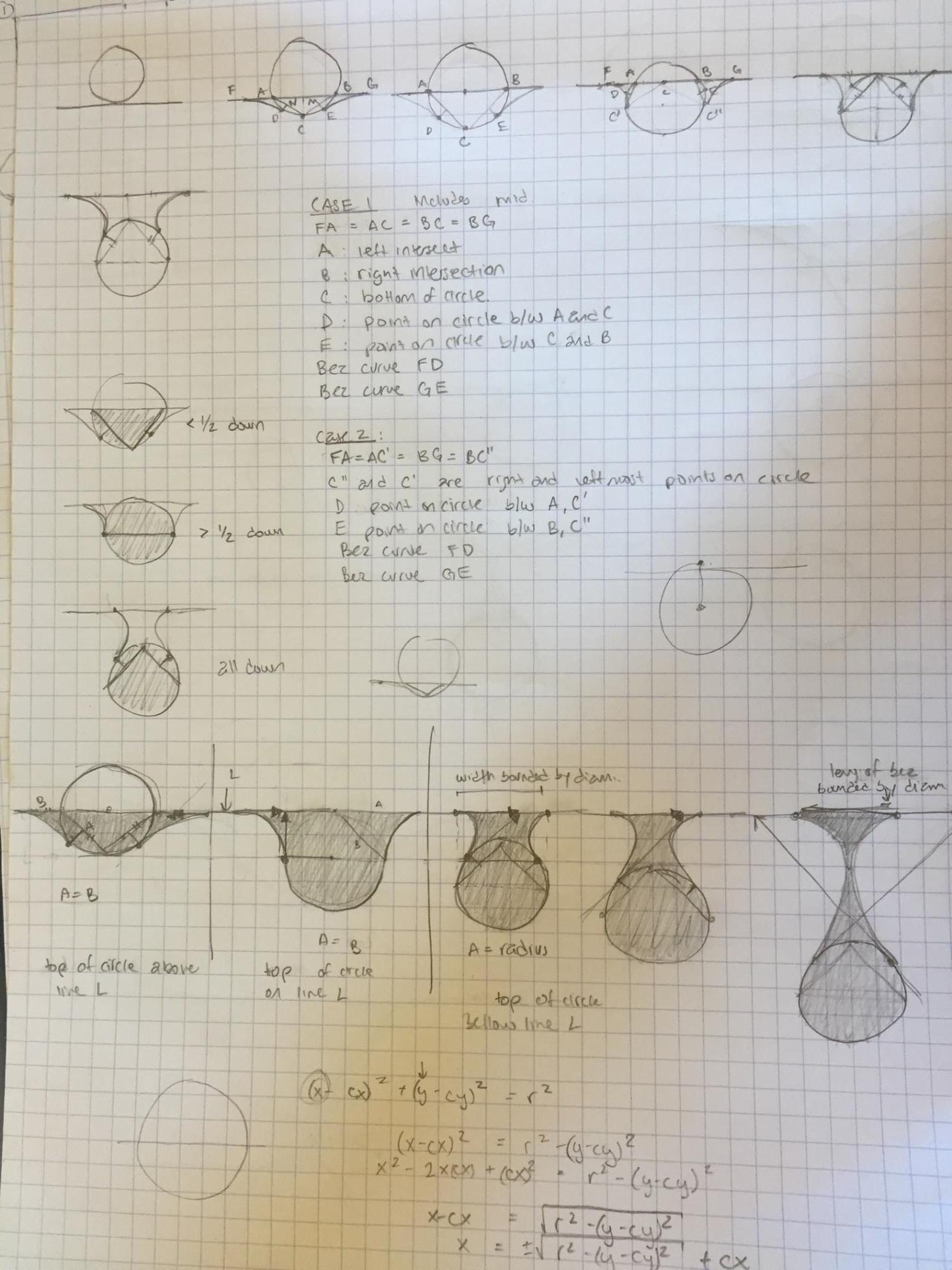 gif-wholeline
gif-wholeline